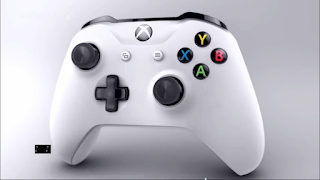It's been a tough four years for the human family since the last summer Olympics. We've seen our share of violence, heartache and divisiveness, much of it focusing on our perceived differences.
Entitled The Human Family — Shot on the iPhone, Apple's latest commercial for its iPhone 6s and 6s Plus focuses not so much on one of the Cupertino tech giant's products, as on a poetic antidote to these divisions. It will make its debut on NBC Friday night during the opening ceremonies for the Rio Summer Olympics.
The company also posted this latest in its series of print and video ads devoted to "Shot on iPhone" on YouTube and Apple.com on Thursday morning.
The commercial deftly blends an undated recording of the late poet laureate Maya Angelou reciting her poem The Human Family with photos and videos (taken with the iPhone, naturally) of people from all races, ages and religions. Each image has the first name and last name initial of the person who took the image. Apple found the photos and videos — all taken by amateurs — and got their permissions to use them. Even so, Apple does note at the very end of the commercial that some additional software and hardware was used to create the beautiful images.
Angelou's poem celebrates people's differences while reminding the reader:
I note the obvious differencesbetween each sort and type,but we are more alike, my friends,than we are unalike.
The combination of the images, which are expertly synced to the words and ideas, Angelou's resonant voice and the affecting score will doubtlessly give many viewers the warm fuzzies. And, of course, Apple gets to show off the power of its latest iPhone 12 MP iSight camera.
Does feeling good make people by more iPhones? Who knows. Can poetry heal the human family? The jury's still out. But, in this case, it might just be worth enjoying the surface sentiment.
You can read the full text of Angelou's The Human Family here.





